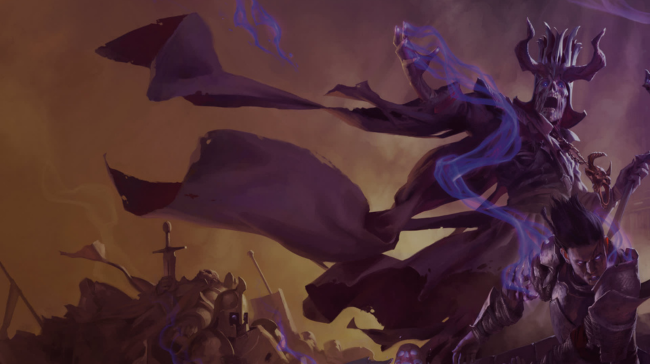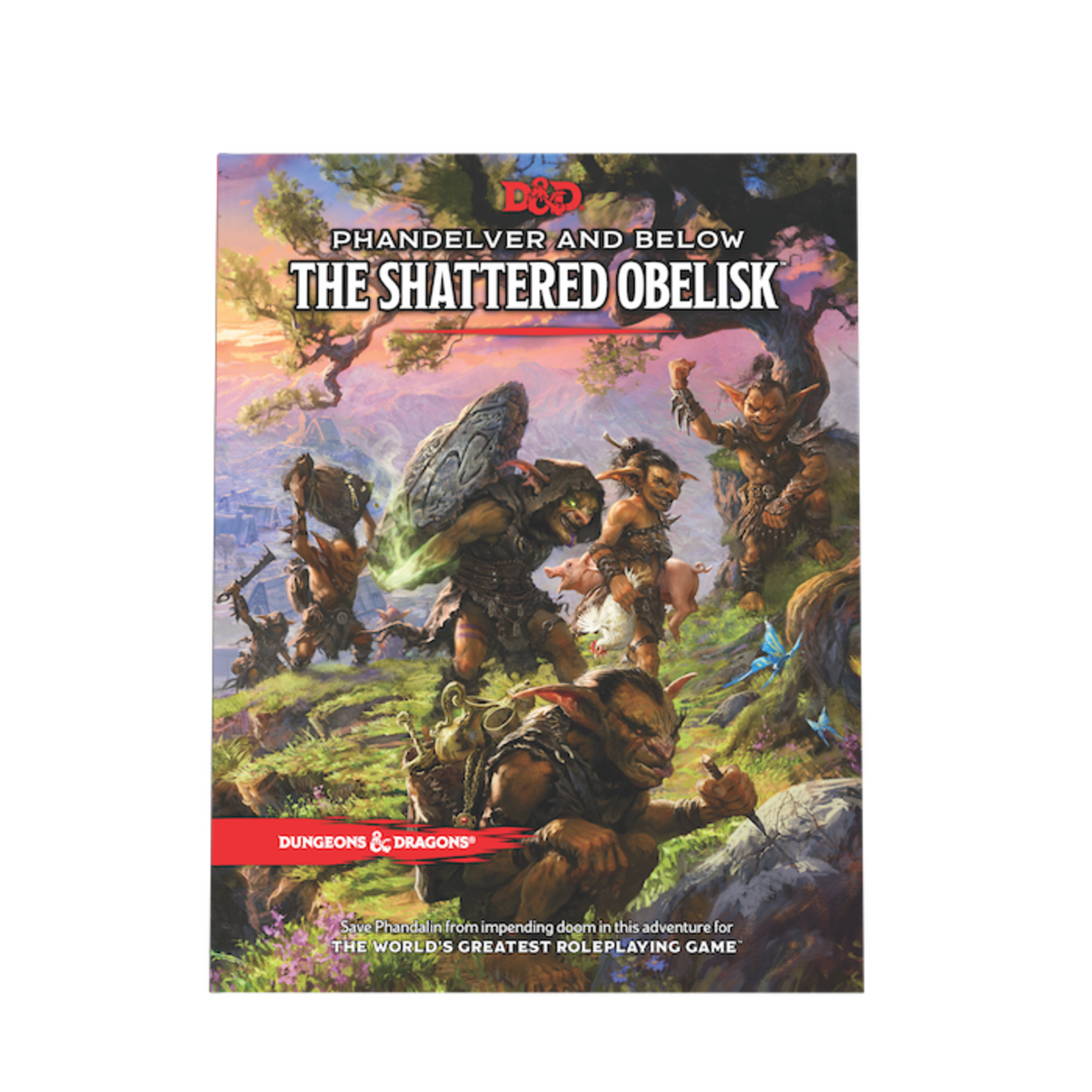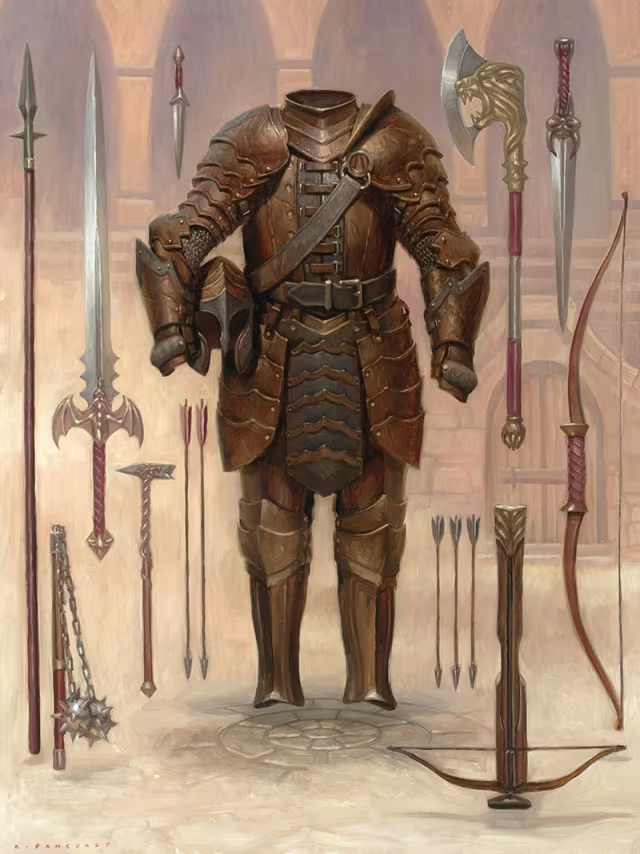The Ultimate Guide to Dungeons & Dragons: Part 3 - How to Get Started as a Dungeon Master in D&D
- Posted on
- By Tristan Donaldson
- Posted in Dungeons and Dragons
- 0

Here’s a step-by-step guide to assembling all that you need for your very first adventure.
Ok, so you’ve made the leap to start playing Dungeons & Dragons! Great!
But now what?
You still need an adventure, a DM to run it (that's you), and people to play with.
So, here’s a step-by-step guide to assembling all that you need for your very first adventure.
Find the Right Group
This might be the most difficult step. Sometimes, your friends just don’t have the same interest or availability, and that’s okay. Ideally, you want to invite people to your game who you know love epic fantasy or just playing games in general.
But also consider what type of game you want to play. If you’re going to be playing a campaign with an involved story and lots of role-play, your more theatrical friends are going to enjoy that more than the ones who just want to fight stuff.
If you’re a beginner, it’s good to start with mostly other beginners if possible, although having a patient and experienced player in the group is also recommended. This player can be a sort of co-DM, explaining some of the important rules so that the DM doesn’t have to, and giving the other players advice on how to play the game more fully.
But if none of your friends can or want to play, you can always find a group to join. Although that may seem daunting at first, D&D players are among the most welcoming people around, and are always jumping at a chance to introduce new people to the game.
Plenty of websites allow for you to play online with a group or even hire a DM for your own via online sessions. However, if you’re looking for an in-person experience, you can easily find a group of players interested in joining by visiting one of our three locations.
We've also got an awesome Youth Dungeons and Dragons program that you can join!

The DM and players are built-in, so all you have to do is bring yourself.
For DMs: Use a Module
Okay, so you have a group together, but now you need an adventure to undertake, for no party is complete without one.
If you’re playing through a gaming store or online, then the DM there will have you covered, but for a first-time DM, the task of creating an adventure from scratch can seem an impossible.
So, don’t give yourself the added stress!
Wizards of the Coast has created beginner modules for this very reason. “Phandelver and Below: The Shattered Obelisk” is designed for a first time party, and is a personal favorite of mine.

Modules are great, because all of the encounters, settings, characters, dice checks, etc. are pre-written for your convenience. All you have to do is read through the adventure book to prepare. This allows you to focus more energy where you want it. If you want to practice role playing NPCs, you won’t need to spend as much time crafting encounters, and can spend more time making goblin faces in the mirror instead.
Many adventures also start the characters at Level 1, and introduce a clear and steady level progression. Again, this is a perfect for a new party, as it familiarizes them with the concept of becoming more powerful and famous in the setting, and how encounters will increase in difficulty as they advance.
Finally, because there are only so many pages, modules are also designed to be completed within a set amount of sessions. “Phandelver” should take you around 4-5 sessions give or take. Most D&D campaigns are ongoing, because the DM continues evolving the story with each session, and may not have an ending in mind. That means that the story could last for months or even years on end.
However, this is probably too much of a commitment for a first-time group. It’s better to start with something small and manageable, before seeing how involved the group wants their story to be.
Plus, by using a module, you get the idea of how an adventure works without wasting any time reinventing the wheels.
It’s good practice for when you want to build and try your own in the future!
Prepare Ahead of Time
Nothing kills a group’s excitement more than having a ton of energy to play, then waiting another hour before everyone has finished their characters.
Character sheets and the adventure should be ready to go before the dice start rolling. Everyone should be there with their dice and players handbooks, and have an idea of how the game should go.
All of this means communicating beforehand. If you’re a DM, reach out to each one of your players ahead of time to get an idea of their “character concept”. A character concept should just be a basic idea of what kind of character they want to play, not elaborate backstory or personal history. For instance, a good character concept is something like, “an honorbound barbarian wanderer” or "a lovable, yet bumbling wizard”. It’s okay if the idea is derivative of another fantasy character like Legolas. This is just a place to start.

Once you have an idea of everyone’s character, just have them roll stats and tell you their race, class, background, and choice of weaponry. Then, you should fill out the character sheet for them so it’s ready to go right when they sit down at the table. This way, your players will be more excited to see what the character looks like rather than stressing about filling out the details.
Remember, you want to make this as low-commitment for the players as possible. This makes it easier for them to agree to more as the game goes on. If you ask too much of them right away, they’ll think that D&D is too big of a commitment and will be turned away before you ever get a chance to start.
Keep going! Read Part 4 - Top 5 Modules for Beginners to Try

Comments
Be the first to comment...